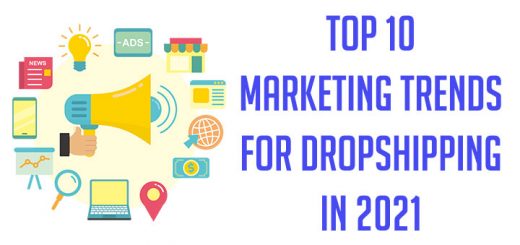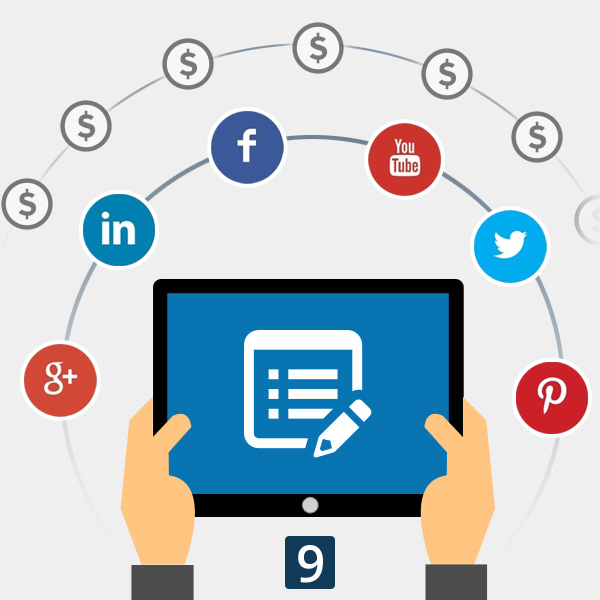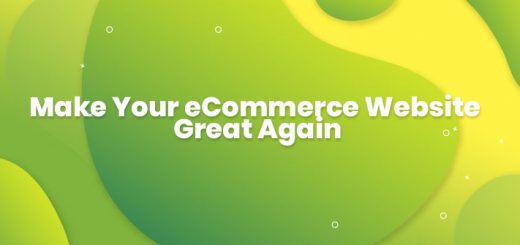Customer Lifecycle and Email Marketing Strategies for Each Stage
Email marketing is an effective tool with optimal costs for business marketing campaigns. Not only does it help retain customers, but email marketing can also guide them through each stage of the buying journey. This article will help businesses gain a deeper understanding of the customer lifecycle and the application of email to optimize effectiveness at each step.
The customer lifecycle is the journey that customers go through when interacting with a business, from the first contact to post-purchase support and beyond. Businesses need to understand how customers interact with their products or services at each stage of the lifecycle in order to optimize their experience.
A good email marketing strategy can help businesses increase customer retention rates, enhance loyalty, and improve their level of interaction with the brand. The following article will analyze the key stages in the customer lifecycle and the recommended approach to using email. Let’s find out more!
Stage 1: Awareness
Characteristics and Behaviors
The awareness stage of the customer is a crucial aspect of any business campaign, as it sets the foundation for the entire customer journey. At this stage, customers are just starting to learn about the brand, products, or services of the business. Therefore, businesses need to take the time to understand their target audience, build messages that align with their needs and preferences.
During this stage, customers may search for information, read reviews, or compare different solutions. They might search through Google, and social media posts, or rely on referrals from others.
Businesses can capture customers’ attention and build trust by providing relevant and engaging content. Additionally, businesses should monitor customer behavior during this stage to adjust marketing methods accordingly, as customer needs and preferences evolve over time.
Overall, the awareness stage is a valuable opportunity to establish a strong relationship with potential customers and increase conversion chances.
Recommended Types of Email Marketing
During the awareness stage, email marketing should be used to introduce the brand to customers and build their trust, encouraging them to explore further.
Welcome Emails
Welcome emails are a perfect way to introduce the brand and connect with customers. These emails typically include personalized messages to greet customers and provide an overview of the business, products, or services.
Additionally, welcome emails can include value-added content such as discounts, exclusive offers, or product information. This is an excellent way to lay the groundwork for future interactions and establish an initial relationship with potential customers.
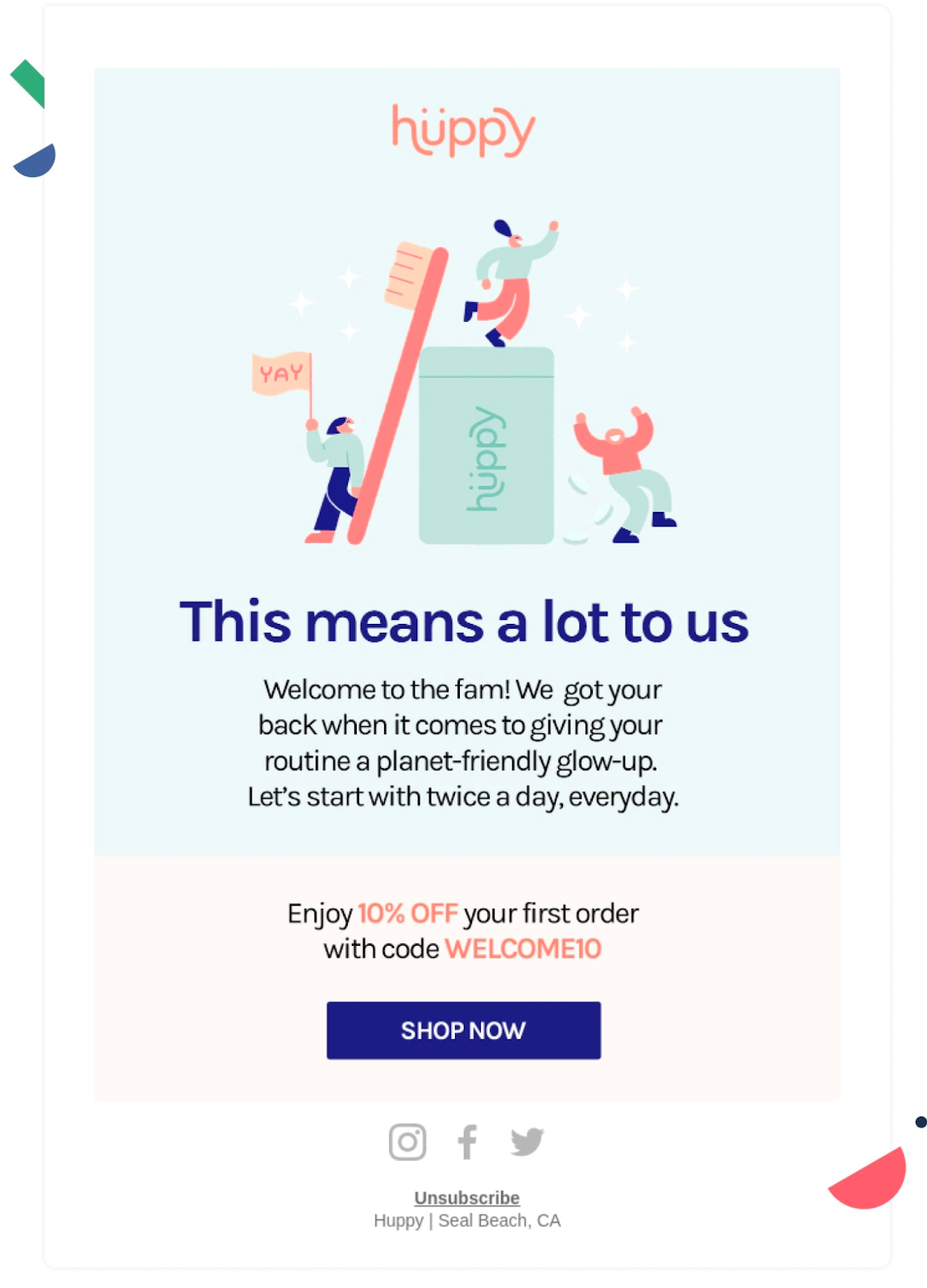
Stage 2: Consideration
Characteristics and Behaviors
In the consideration stage, customers are seeking information about the business’s products or services to support their purchase decision. They may visit the website multiple times, compare the business’s offerings with competitors, or read reviews to gain a better understanding. At this stage, businesses need to provide clear and compelling information to persuade customers to choose their brand over competitors.
Businesses should focus on educating customers and addressing their pain points rather than emphasizing sales tactics. Effective communication and good customer service during the consideration stage can help businesses build strong relationships with customers and increase conversion rates.
Recommended Types of Email Marketing
The consideration stage is an opportune time to build a long-term relationship with potential customers and bring them closer to making a purchase. By delivering valuable content through the following types of emails, businesses can more easily achieve their goals.
Informational Emails
This is an excellent tool for businesses to provide customers with information about their products or services, helping customers make informed purchase decisions.
These emails include detailed descriptions of the products, customer reviews, case studies, industry news, or usage guides. Informational emails can also include promotional materials such as discounts, special offers, or product updates to encourage customer action.
By providing content that aligns with the needs and preferences of each customer segment, businesses can establish trust and expedite their purchasing process.
Stage 3: Decision
Characteristics and Behaviors
Customers may have conducted research and narrowed down their choices by the time they reach the decision stage. At this point, their behavior may transition from exploration to evaluation. Customers will compare similar features of multiple products and assess their suitability for their specific needs. When customers are deliberating between options, businesses need to understand which features are their top priorities and how well their brand’s product can meet those needs.
Clear communication and excellent customer service can make a strong impression on customers during this stage. Most importantly, businesses need to understand customer behavior as it is the key to successful conversion.
Recommended Types of Email Marketing
Businesses need to emphasize why their product or service should be chosen over competitors. They can use email marketing to deliver relevant content, cater to customer needs, and provide additional useful information. The following types of emails are effective during this stage:
Promotional Emails
Promotional emails highlight the benefits of the product or service and encourage customers to make an immediate purchase. These emails need to be sent with compelling content that addresses the customer’s needs (such as free shipping, special discounts, and promotional codes).
To add urgency and prompt customers to act quickly, businesses can create limited-time offers in terms of time, quantity, and target audience.

Stage 4: Retention
Characteristics and Behaviors
Customers in the retention stage typically have a high level of satisfaction with the business’s product or service. They are likely to provide feedback and positive referrals for the brand. They are also more open to trying out new products or services offered by the business and are willing to provide improvement suggestions.
Furthermore, customers in this stage have high lifetime value. They are willing to spend more money and generate more profits for the business. By catering to their needs and preferences, businesses can maintain a strong and long-lasting relationship with them.
Recommended Types of Email Marketing
In this stage, businesses need to acknowledge and reward customers for their loyalty to the brand. Businesses can use email marketing to provide offers, discounts, and incentives to encourage them to make repeat purchases. Additionally, businesses can send surveys or request feedback from customers to continuously improve their shopping experience.
Loyalty Program Emails
Loyalty program emails serve as a great token of appreciation for existing customers and encourage them to make more purchases. These emails will introduce the benefits customers receive when they join your loyalty programs, such as special discounts, exclusive access, early access to new products, and more.
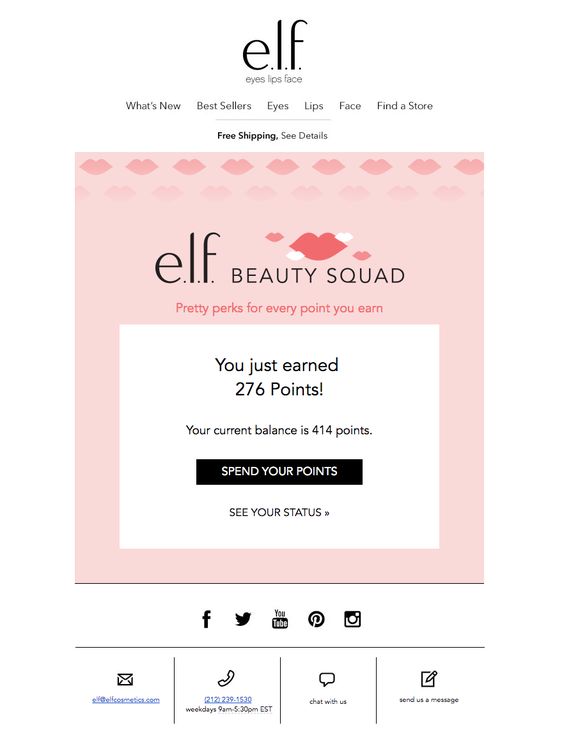
Conclusion
Understanding the stages in the customer lifecycle and implementing appropriate email campaigns will help businesses nurture sustainable relationships with customers. We hope that the above article has provided businesses with useful information to build a successful email marketing strategy.




